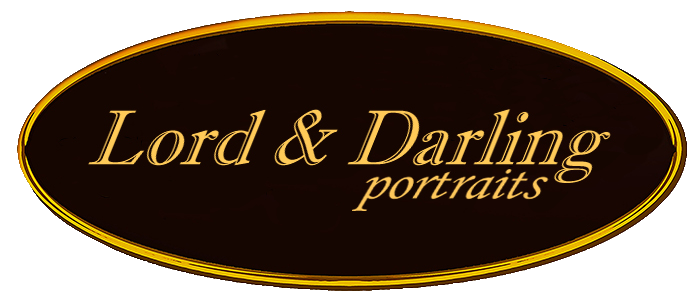What does "Archival" mean?
Archival, in the context of a printing material such as paper and canvas, traditionally refers to its suitability to be used in archives for extremely long term storage without fading or staining.
You may hear the terms "acid free" sometimes used. Acid-free means that they started with a print material that contains a high acid level that will quickly turn yellow. This is the case with all wood-pulp papers because wood contains naturally acidic lignin. The paper company infuses it with alkaline buffers to neutralize the acidity. However, this process is never completely effective.
The best choice is to use paper or canvas made from a material that is naturally acid-free. The best material that has been strenuously tested for longevity is natural 100% cotton. Lord & Darling archival portraits are made with 100% cotton canvas or 100% cotton rag paper. This too costly for most photographers to offer, but it's the best available material for the greatest longevity.
The second consideration is the choice of the color dyes or pigments that make up the color image itself. Colored dyes today do last an amazing amount of time, but they cannot last as long as colored pigments. Colored pigments--similar to the pigments that have been used by oil painters for centuries--are more costly, but they are also well-tested and proven to have the greatest color longevity. Therefore, they are the choice for Lord & Darling portraits.
In addition to the optimum choice of printing inks and print surface, Lord & Darling canvas portraits are also coated with a UV-blocking varnish. We exclusively provide our paper print portraits with UV-absorbing and reflection-blocking TruVue museum quality acrylic glazing that provides not only UV protection but physical protection as well. Lord & Darling paper prints are also framed to archival standards for addition protection from environmental hazards such as atmospheric ozone and even protection from the acidic lignin within the wooden frames themselves.
Of course the manufacturers of inks and printing papers have done plenty of their own research, but independent evaluation comes almost entirely from Wilhelm Imaging Research. Henry Wilhelm has been studying print longevity since the early 1980's, first as a Guggenheim Fellow and later as a consultant/advisor to the likes of the Museum of Modern Art and the Corbis Bettmann photography collections of more than 65 million images. An important part of Wilhelm's work has been the development of standardized accelerated-aging test methods that can predict how long various ink-and-paper combinations will last under various conditions. Suffice to say, Wilhelm Imaging Research is widely respected.
The ink-paper-coating combination for Lord & Darling Portraits has been tested by Wilhelm to last more than 100 years without visible fading or discoloration.

